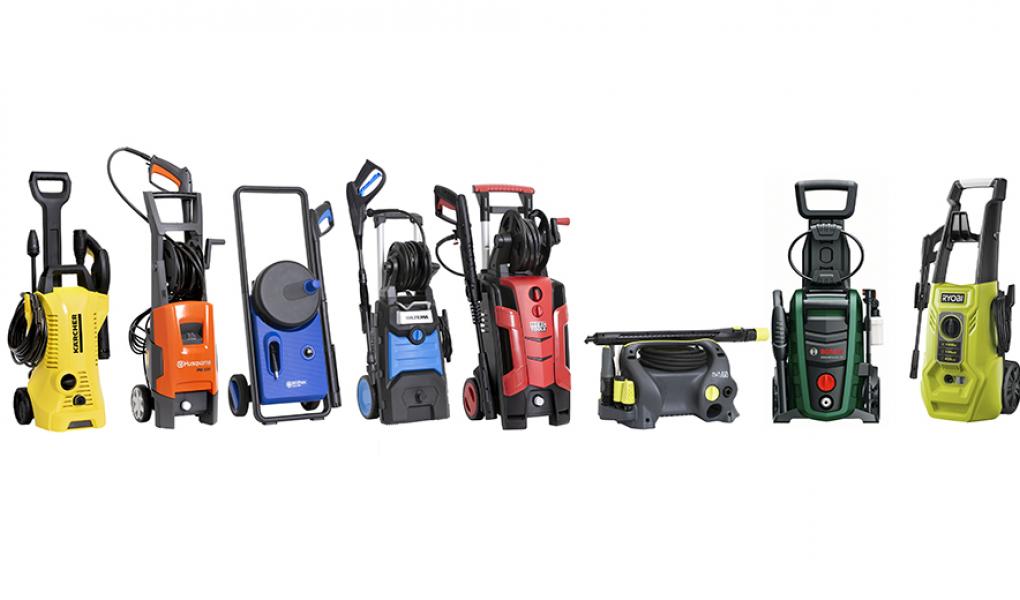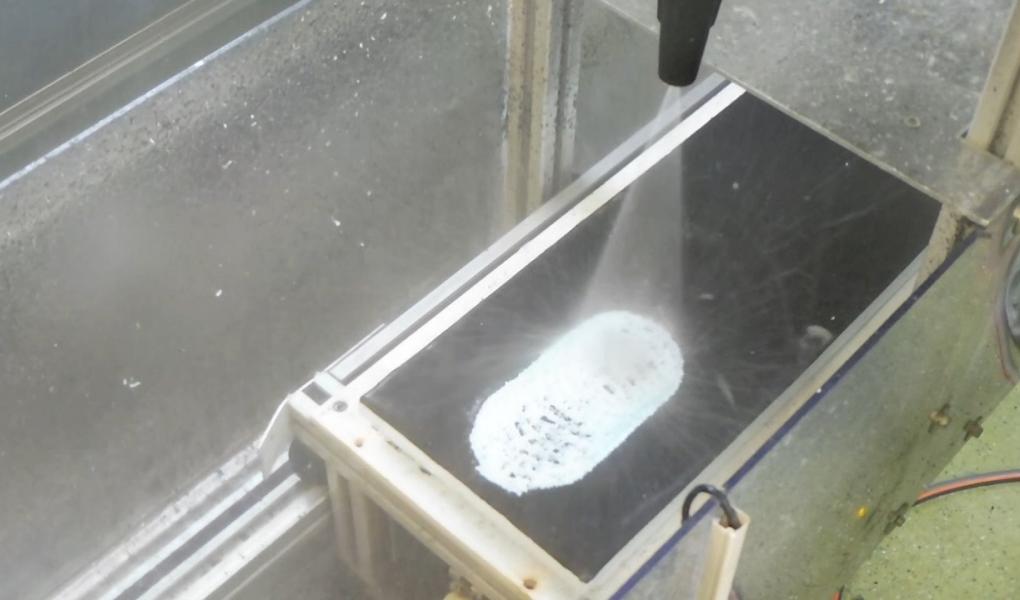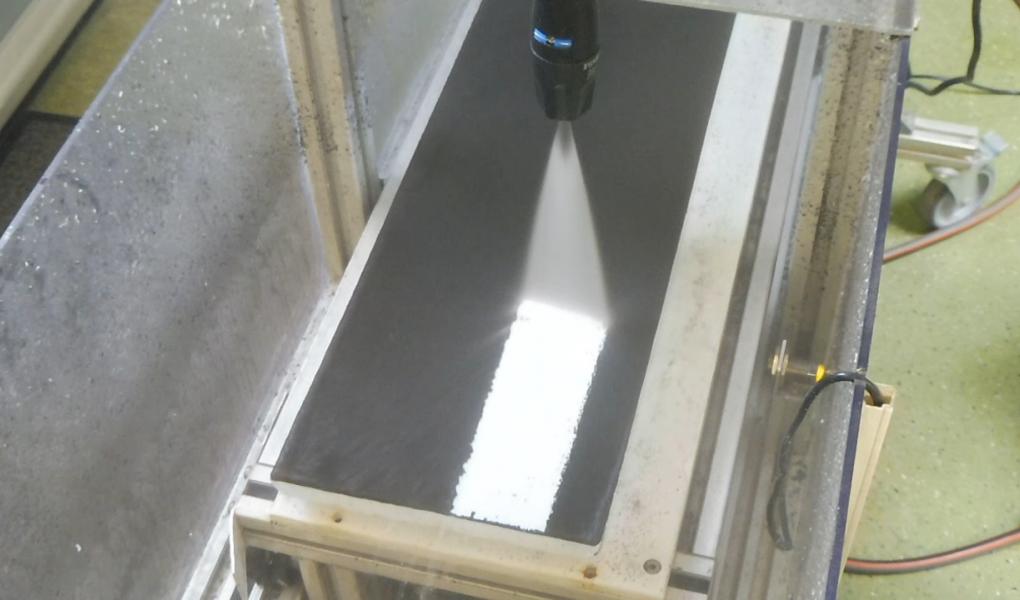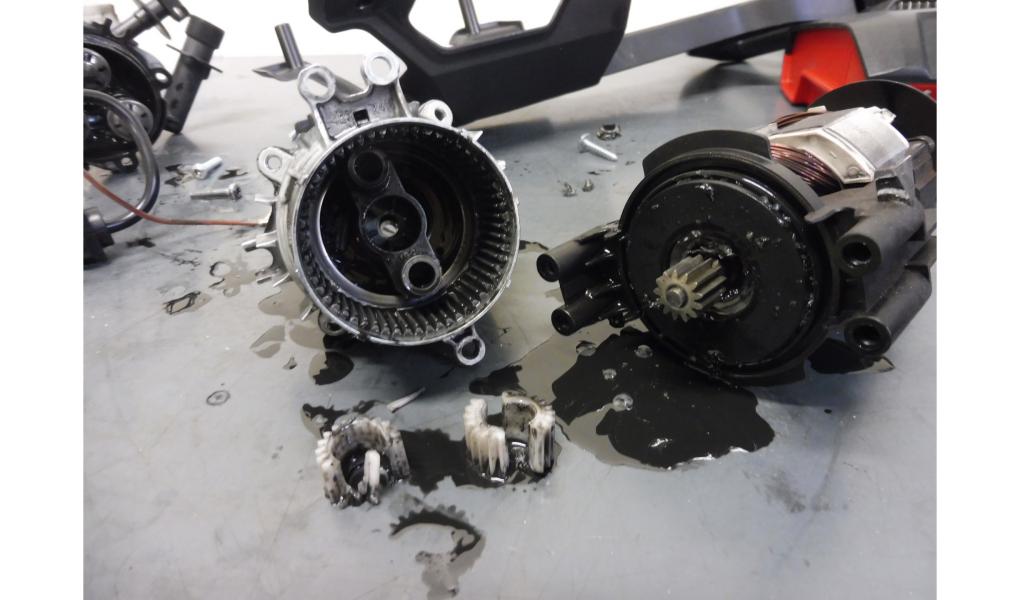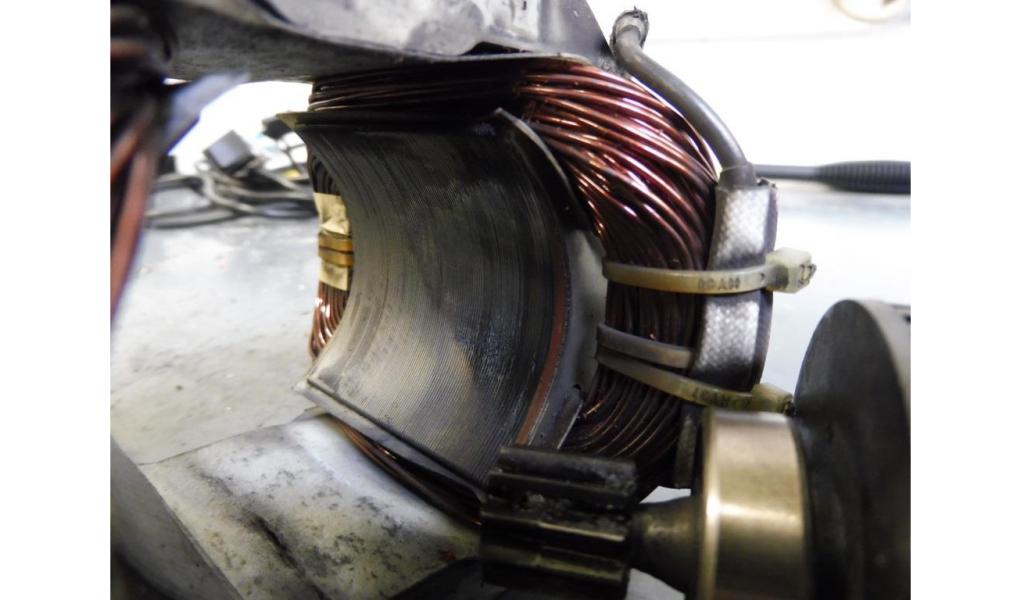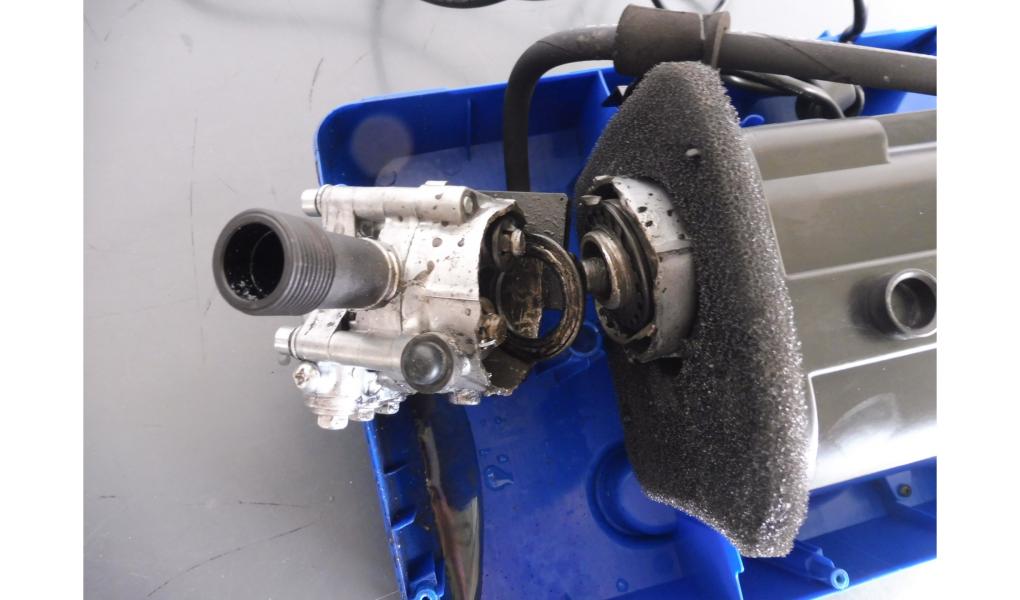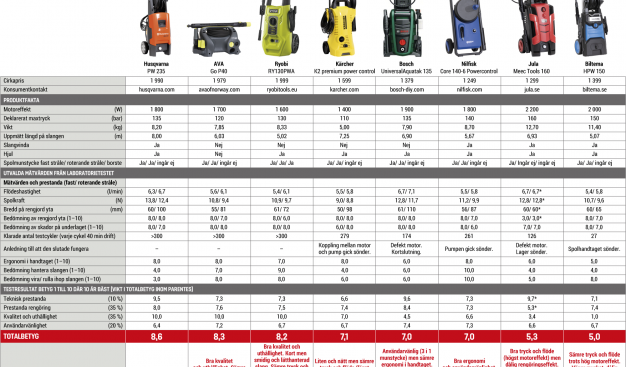Now that the sun is finally starting to show, it also becomes clear that both the terrace and the driveway would need a refresh. For those who do not want to hassle with soap and scrubbing brush, it is often the pressure washing that comes to use.
Testfakta assigned the accredited laboratory SLG Prüf- und Zertifizierungs GmbH to test eight simpler models of pressure washers.
- Our tests show that the engine performance itself and the declared maximum pressure are not decisive. A good nozzle is much more important for the end result, explains Andreas Müller, test engineer at SLG in Hartmannsdorf.
[PDF]
The laboratory test included, among other things, an endurance test where each machine would pass 300 test cycles. Each test cycle consists of the machine running at maximum power for 15 minutes and then resting for three minutes. The procedure is repeated but now with 12 minutes at maximum and ten minutes of rest before the next cycle takes over. It may be worth noting that 300 cycles would correspond to very frequent use in practice.
Only three (Husqvarna, Ava and Ryobi), of the eight pressure washers, survived all 300 cycles. In the middle of the field were Kärcher and Nilfisk. Things went worse for Bosch and Jula, which passed 174 and 126 test cycles respectively before they collapsed. In an indisputable last place in the endurance test, we find Biltema where the handle itself stopped working after 27 test cycles.
Husqvarna received the best overall rating, but no one is the best at everything. The laboratory reacted to the fact that several of the washers had hoses that were not optimal for the task.
- I am disappointed that such a prestigious brand as Kärcher has a hard and difficult to handle hose. And Husqvarna, which has a construction where the entire hose must be rolled out to be used. Come on, it's 2022 now, says Andreas Müller, who explains that a difficult-to-handle hose can make the machine stand still and collect dust.
At Andreas Müller's home, the pressure washer only appears a couple of times a year.
- In the spring, I usually rinse off the outdoor furniture. But otherwise it will only be sometime that I wash the driveway with the machine if it is really dirty. You have to be careful so that the strong jet of water does not dig out more and more into the concrete base. Then the dirt can get a foothold and it becomes necessary to clean every other week instead of once a year, explains test leader Andreas Müller.
Tips from the lab on use:
* The pressure washers that have an adjustable nozzle should never be set in the most "pointed" position. In this position, the jet can, for example, damage the tire sides of your car. - If the rubber is damaged enough, it can pose a traffic hazard, says Andreas Müller.
* Do not use the rotating nozzle or a pointed jet on your wooden deck. The wood fibers are roughened up and it is unprotected for both water and various funghi or the like. However, there are various accessories for most washes that are adapted for wood washing.
* The rotating nozzle should also not be used for car washing as this can damage the paint.
* Regardless of pressure washing, you should wash the car by rinsing from the bottom up, this makes the dirt drain off easier.
* Different surfaces require different tactics. For those who want to supplement, there are often several different special nozzles and brushes to choose from.
In addition to the mandatory cleaning of outdoor furniture and patio decks, the adventurous who wants to get a little more out of their high pressure washer can also use it to peel fish. Or why not use the beam if you need to bring down the children's frisbee or ball that is stuck high up in a tree? Necessity is the mother of invention.

